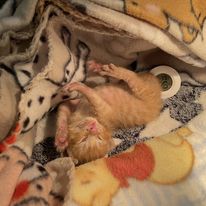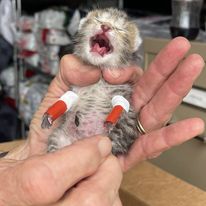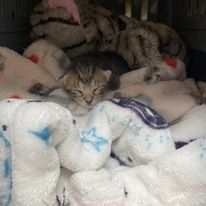community resources for you
#SameTeam
We have a simple yet timeless strategy; positive, Collaborative, community partnerships.

hOW TO HELP
✓ Take a deep breath
✓ remember you are someone
✓ follow steps on the right
not all heroes wear capes
What to Do If You Find an Abandoned or Lost Cat:
Give It Time: Keep the cat safe while you search for its owner. If no one claims the cat after a reasonable amount of time, you can consider rehoming, fostering, or contacting a rescue
Approach Carefully: Cats can be frightened and unpredictable. Approach slowly and speak softly to avoid scaring them away. If the cat is friendly, try to gain its trust.
Check for Identification: Look for a collar or tags. If the cat has an ID tag, contact the owner immediately. If there’s no visible ID, the next step is to check for a microchip.
Provide Temporary Shelter: If the cat seems lost or in distress, offer food, water, and shelter in a safe, quiet space away from traffic and other animals.
Check for Signs of Ownership: Post on local social media groups, community boards, or apps like Nextdoor to see if someone is missing their pet. Include a clear photo and description. You can also check local lost and found pet websites or animal shelters.
Visit a Vet or Shelter for a Microchip Scan: Take the cat to a vet clinic or animal shelter to check for a microchip. This is often the quickest way to reunite a lost pet with its owner.
Post Flyers in the Area: Print out flyers with the cat’s photo and your contact information. Post them around the neighborhood, especially in high-traffic areas like grocery stores, libraries, or parks.
Contact Local Shelters/Rescues: Report the found cat to local shelters or rescues. They might already have information about a missing cat matching its description.



If you find an abandoned neonate kitten (a kitten under 4 weeks old), follow these steps:
- Assess the Situation: Make sure the kitten is truly abandoned. Mother cats may leave kittens temporarily while searching for food. Observe from a distance for a few hours to see if the mother returns.
- Keep the Kitten Warm: Neonate kittens cannot regulate their body temperature. If you decide to take the kitten in, keep it warm by wrapping it in a soft towel or using a heating pad set on low. Make sure there’s a space for the kitten to move away from the heat if it gets too warm.
- Check for Immediate Danger: If the kitten is cold, lethargic, or in visible distress, warm it up gradually before offering any food or water. Never feed a cold kitten, as this can cause severe health issues.
- Provide Temporary Shelter: Place the kitten in a clean, dry box or carrier with soft bedding. Ensure the space is safe, quiet, and free from drafts or direct sunlight.
- Feed the Kitten: If the kitten is younger than 4 weeks, it needs a bottle-feeding with kitten-specific formula (not cow’s milk). Use a kitten bottle and follow the formula’s instructions for mixing and feeding amounts based on the kitten’s age. Feed every 2-3 hours, including through the night for very young kittens.
- Stimulate Elimination: Kittens cannot urinate or defecate on their own. After feeding, gently stimulate the kitten’s genitals with a warm, damp cloth or cotton ball to help them go.
- Contact a Rescue or Vet: Contact a local animal rescue, shelter, or veterinarian for advice. They may offer to take the kitten or guide you on proper care, including deworming, vaccinations, and overall health checks.
- Monitor Health: Keep an eye out for signs of illness such as lethargy, difficulty breathing, diarrhea, or refusal to eat. These can be signs of more serious issues that need immediate veterinary care.
Quick action and the right care can save a neonate kitten’s life.
click the button below to go to Kitten Lady’s website for life-saving information and how-to Videos on caring for kittens of all ages.

ADDITIONAL CAT/KITTEN RESOURCE LINKS
- National kitten coalition
- US Davis | Koret shelter medicine
- Alley cat allies
- Best Friends Network
- ASPCA Pro Foster Care Guide
- Merk Veterinary Manual Kitten Care
- Maddie’s Fund – Orphaned Kittens Saving the Tiniest Lives
- Cornell University Feline health Center
- UF Shelter Medicine
- University of Wisconsin–Madison



